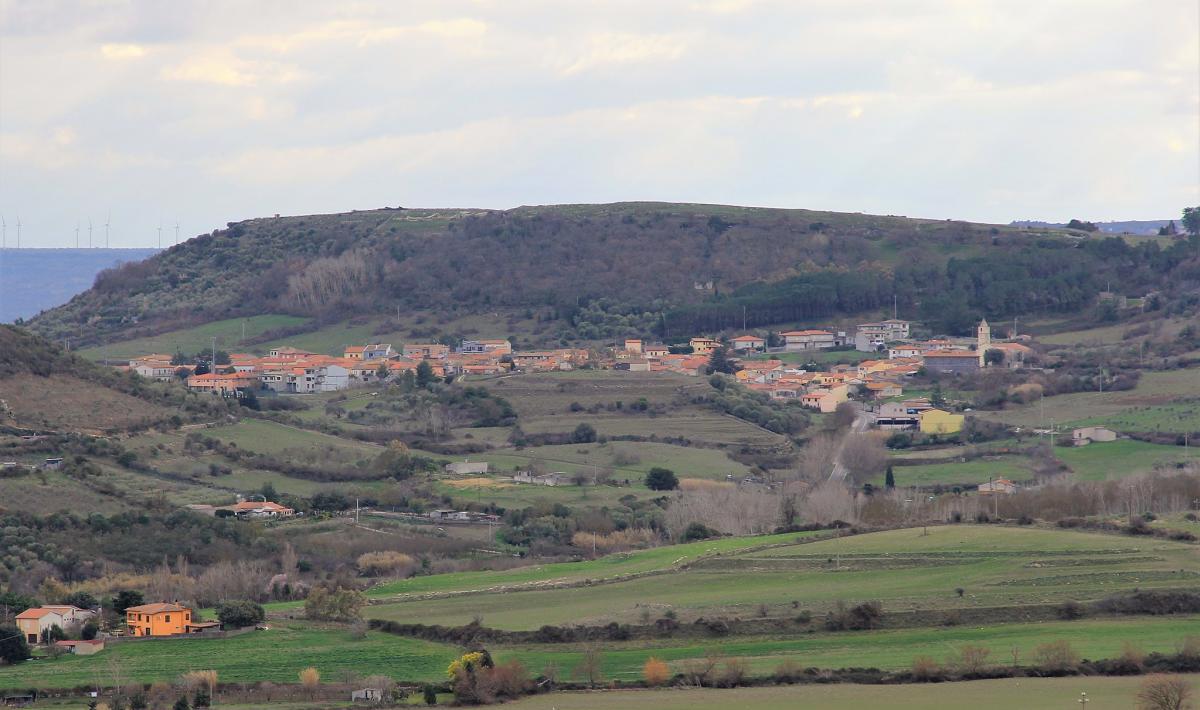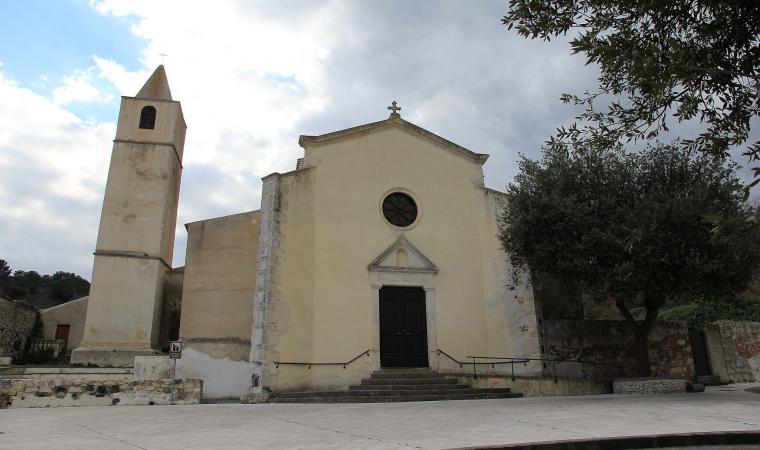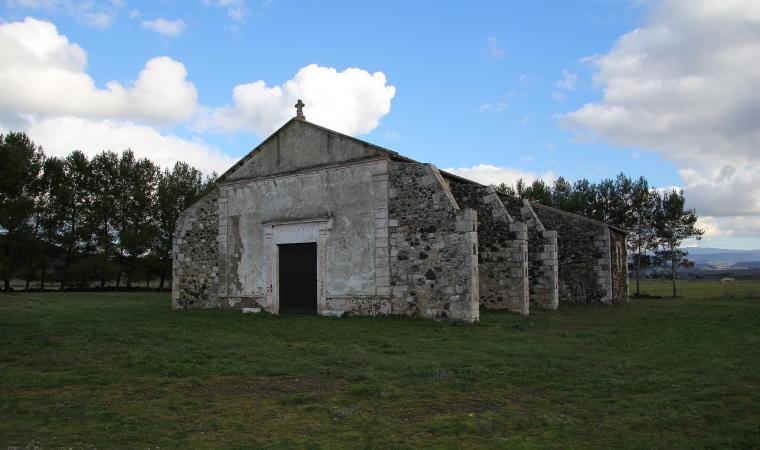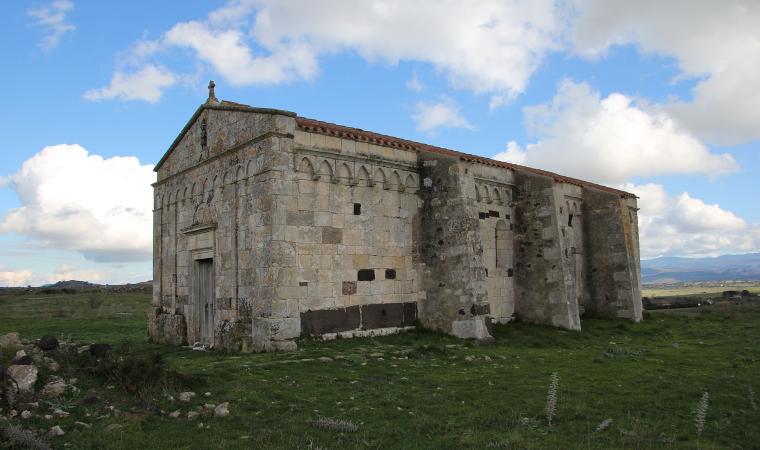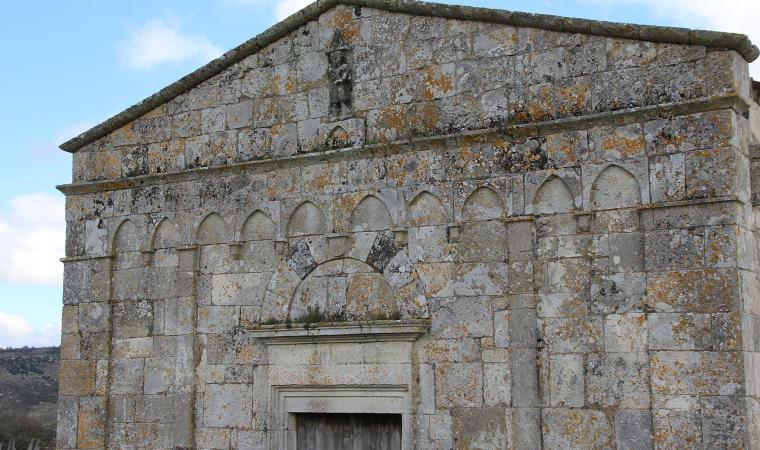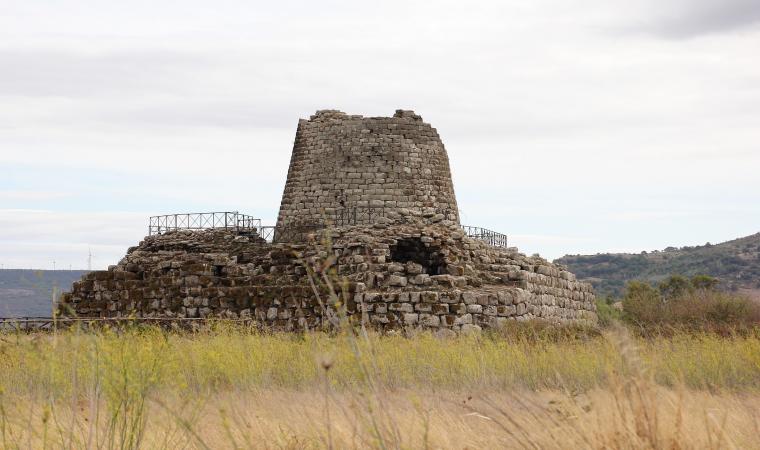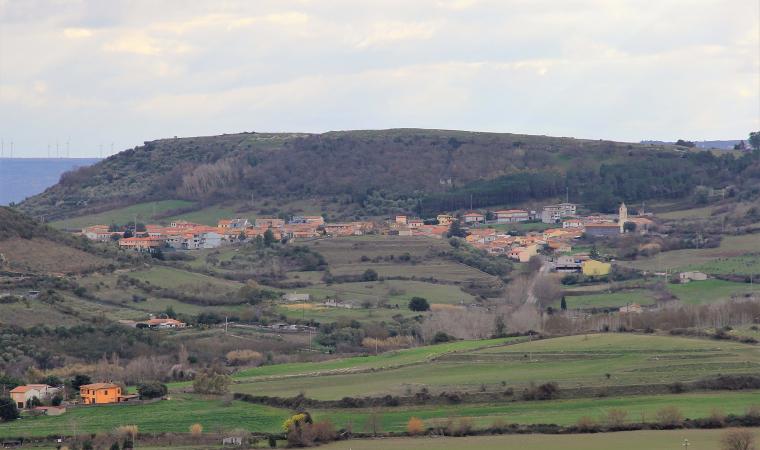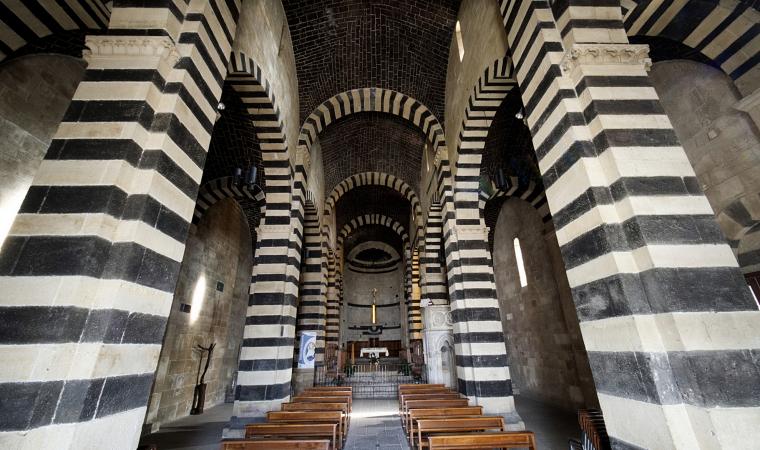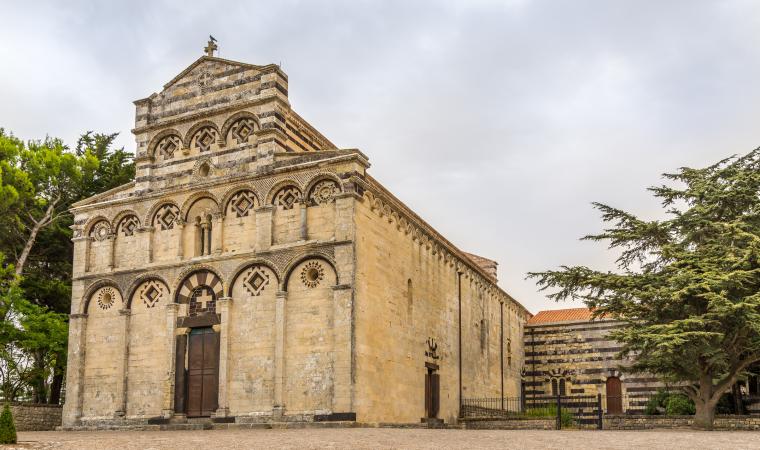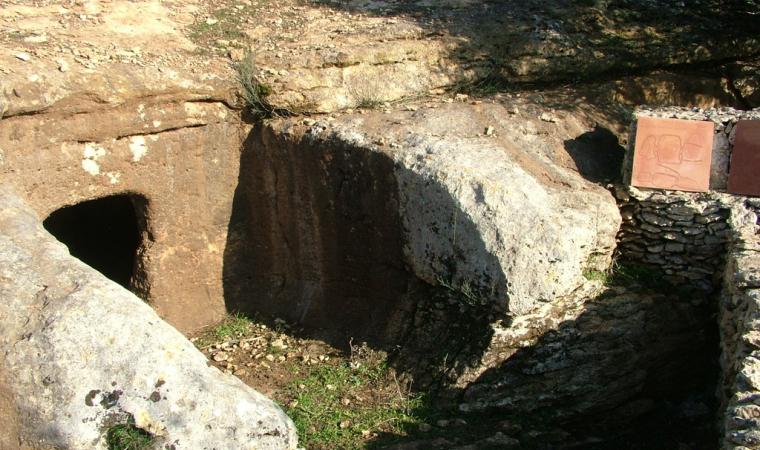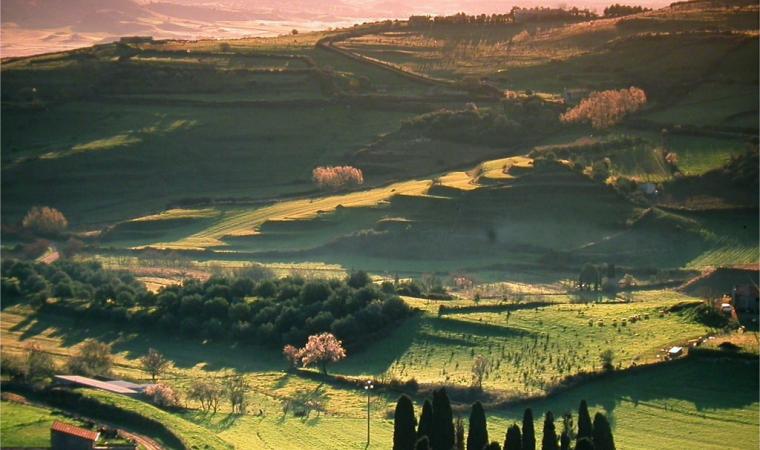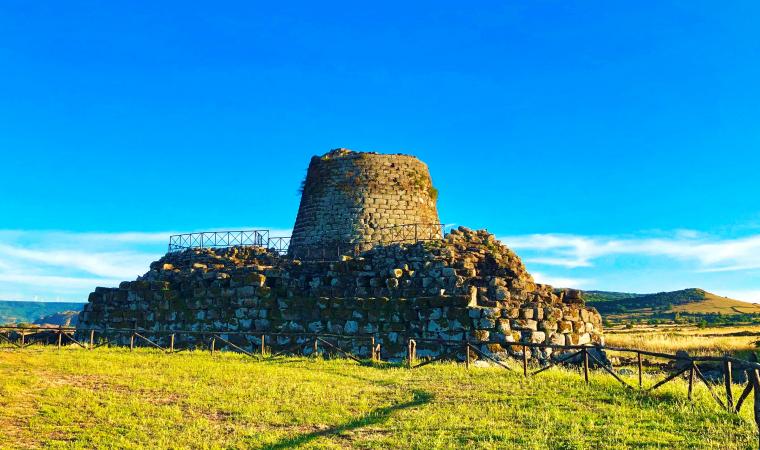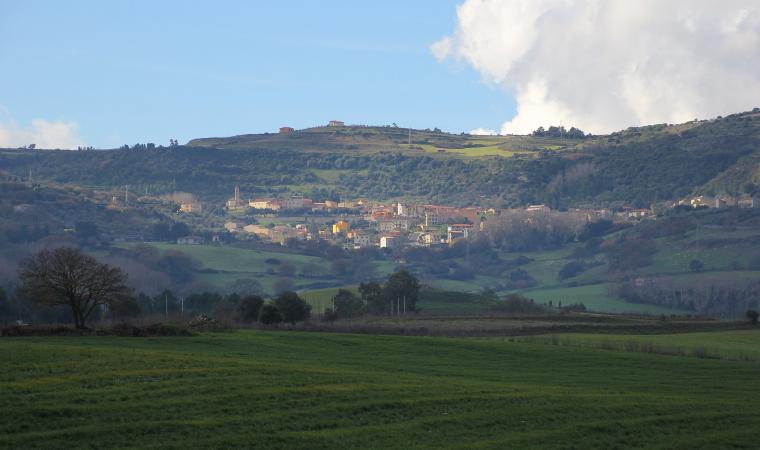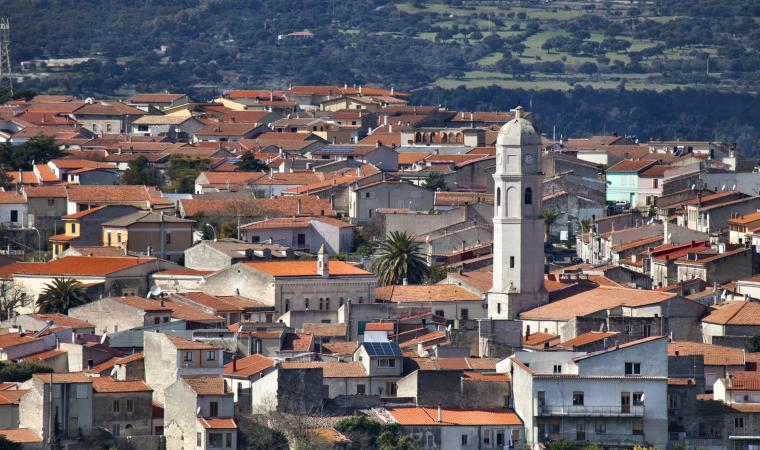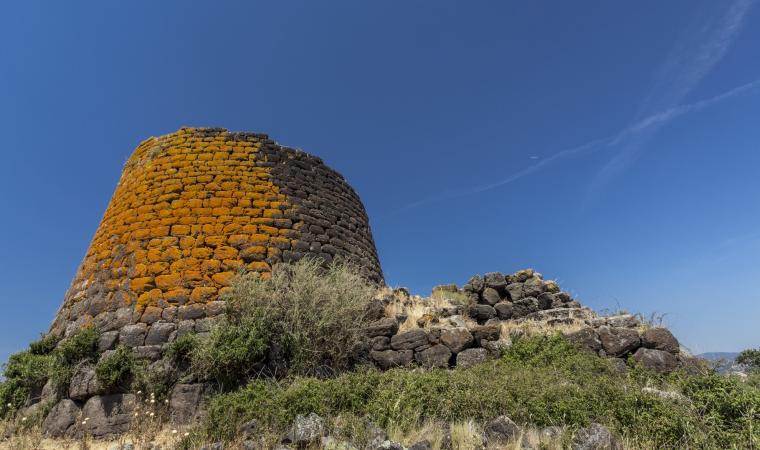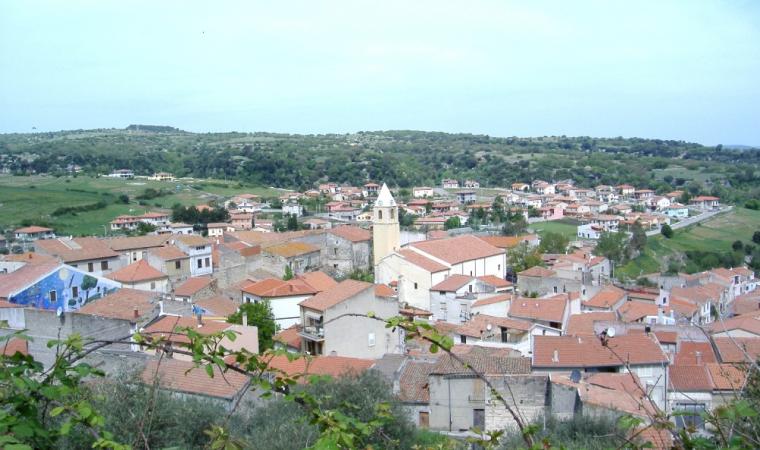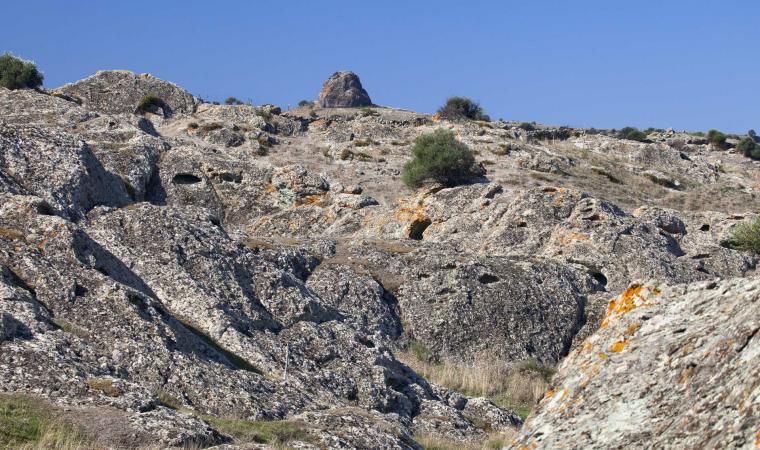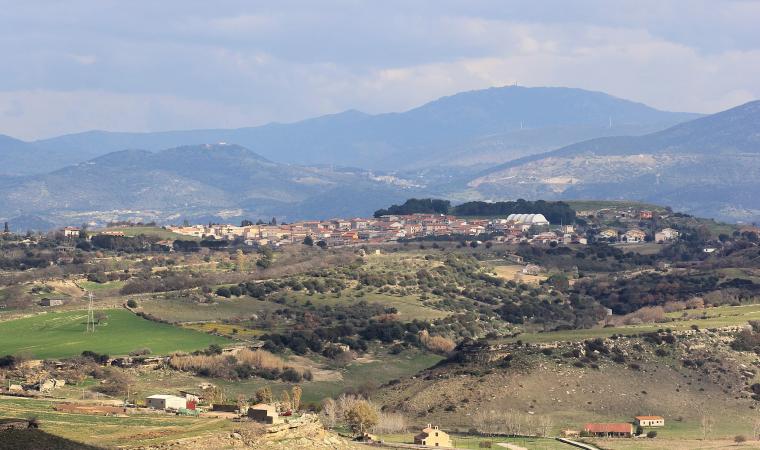Set among hills and valleys dotted with Nuragic Age remains, Torralba is a town in the Meilogu area of the old spent volcanic Logudoro region and boasts some thousand inhabitants. The first official mention of it was a citation of the villa in 1064-65. Known as Toralba or Turralba (from turris alba), it grew on a plain near a church called Santa Maria, of which nothing remains. Not far from that, in 1615, they built the Gothic-Renaissance church of San Pietro Apostolo, home to a wooden altar with statues of three saints, a baptismal font and a XVIII altar piece graced with paintings from the XVI century. The town’s streets are paved and embellished with stone benches and fountains. The bonfires of Sant’Antonio Abate are lit mid-January while the town’s main festival takes place with a characteristic procession on horseback on the Monday after Pentecost in the XVII century church of the Spirito Santo, three kilometres out of town. If you are there during these festivities you’ll get to taste the special breads (fresa and untinadu) and sweets (mantogadas, casalina and sa gozzula de s’ou). Don’t miss the church of Nostra Signora di Cabbu Abbas out in the countryside. It was constructed in Romanesque-Pisan style of limestone blocks outside and trachyte on the inside. In the timpani on the façade you’ll see an anthropomorphic sculpture that seems to depict a paleo-Christian deity. The sanctuary of San Lorenzo in Rebeccu is of the same period, while the necropolis of Sant’Andrea Piu, where you’ll see byzantine frescoes that once decorated a paleo-Christian church, is from the Middle Ages.
The many streams and brooks made the valley appealing for man to settle since Neolithic times, as proven by the domus de Janas of su Siddadu, santu Jorzi and Nughedu. The population grew in the Bronze Age and the concentration of the Nuragic remains has led it to be called the Valley of the Nuraghe. There are some thirty nuraghe, and ten Giant tombs in 37 km2 The most important of these is the Santu Antine, the largest complex after su Nuraxi in Barumini, built between the Middle Bronze Age and the Iron Age (XVI-IX century BC). An architectural gem made of massive blocks of shaped basalt, 17 metres high, a fortress-cum-castle that dominates the entire valley. The monument features a three-storey main tower (15m diameter) around which there is a triangular bastion with three towers. The remains of a 14-hut village that was lived in during Roman times can still be seen today. The most outstanding of these is the meeting hut, and another large hut in front of which bronze items were discovered, now on display at the Museum of the Nuraghe Valley in Torralba, which exhibits relics and artefacts found during digs in and around the valley, including an ethnographic section with crafts. Santu Antine is represented by a model and objects like founder’s tongs, part of a model of a nuraghe and a little bronze dog found there. Another section of the museum features items from Roman times and the Middle Ages: in the garden are mileposts from the III-IV century BC that reconstruct the layout of the territory.

